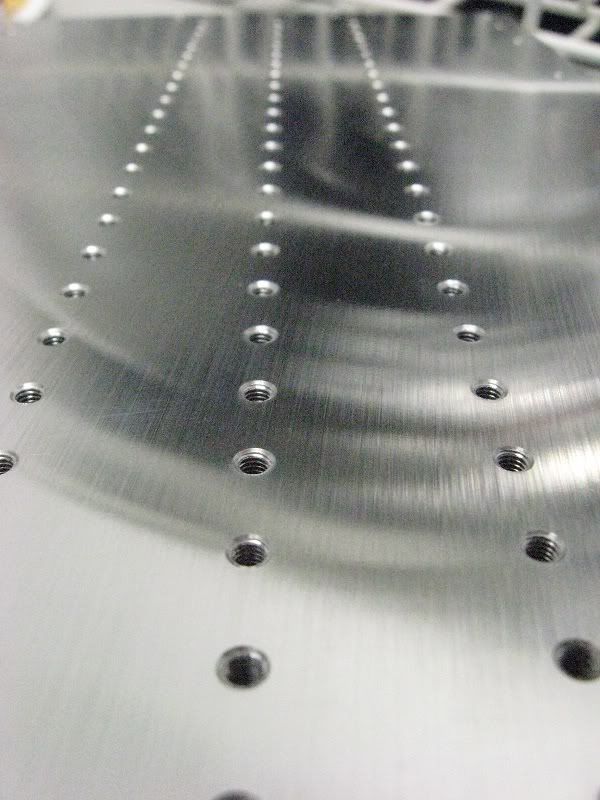My experience with tens of thousands of form tapped 4-40 holes in 6061-T6 is excellent. I used a minimum depth of 8 threads with a SS black oxide coated Allen socket button head fastener. Initially there were intermittent results sometimes the heads would break or the threads would strip. Eventually I got the process down to heads would never break and threads would never strip. I believe there were many factors that determined good results such as how much torque was applied and how fast the torque was applied or if torque was applied in two stages with a rest period in between. So I can’t say with certainty what factors contributed to the final result except that forming taps work extremely well for me in my application. YMMV
Don






 Reply with Quote
Reply with Quote




